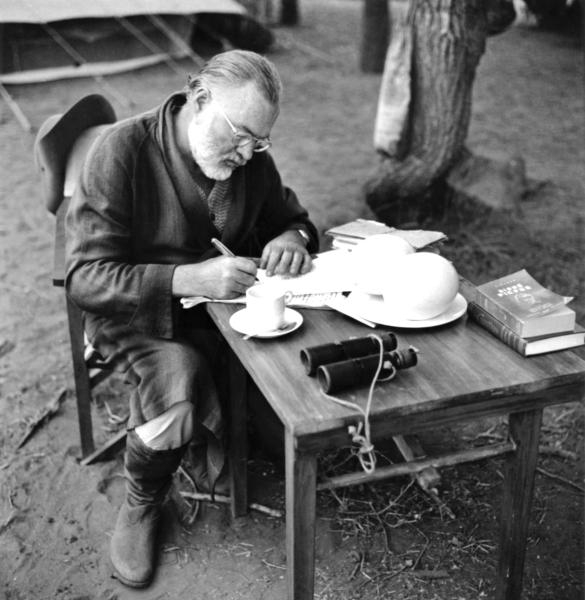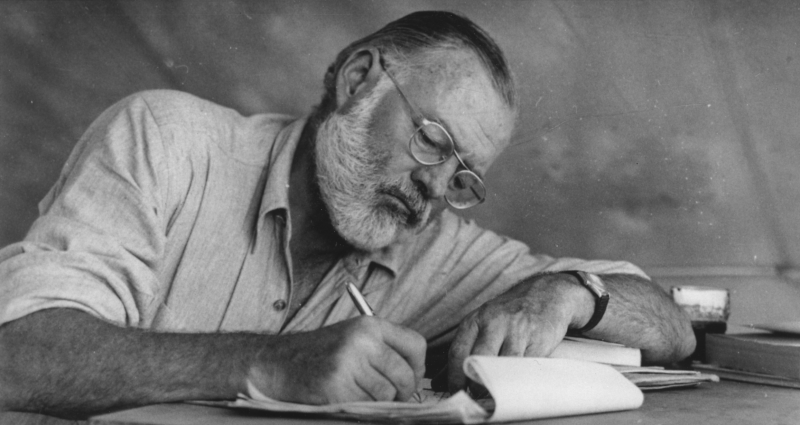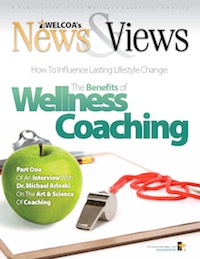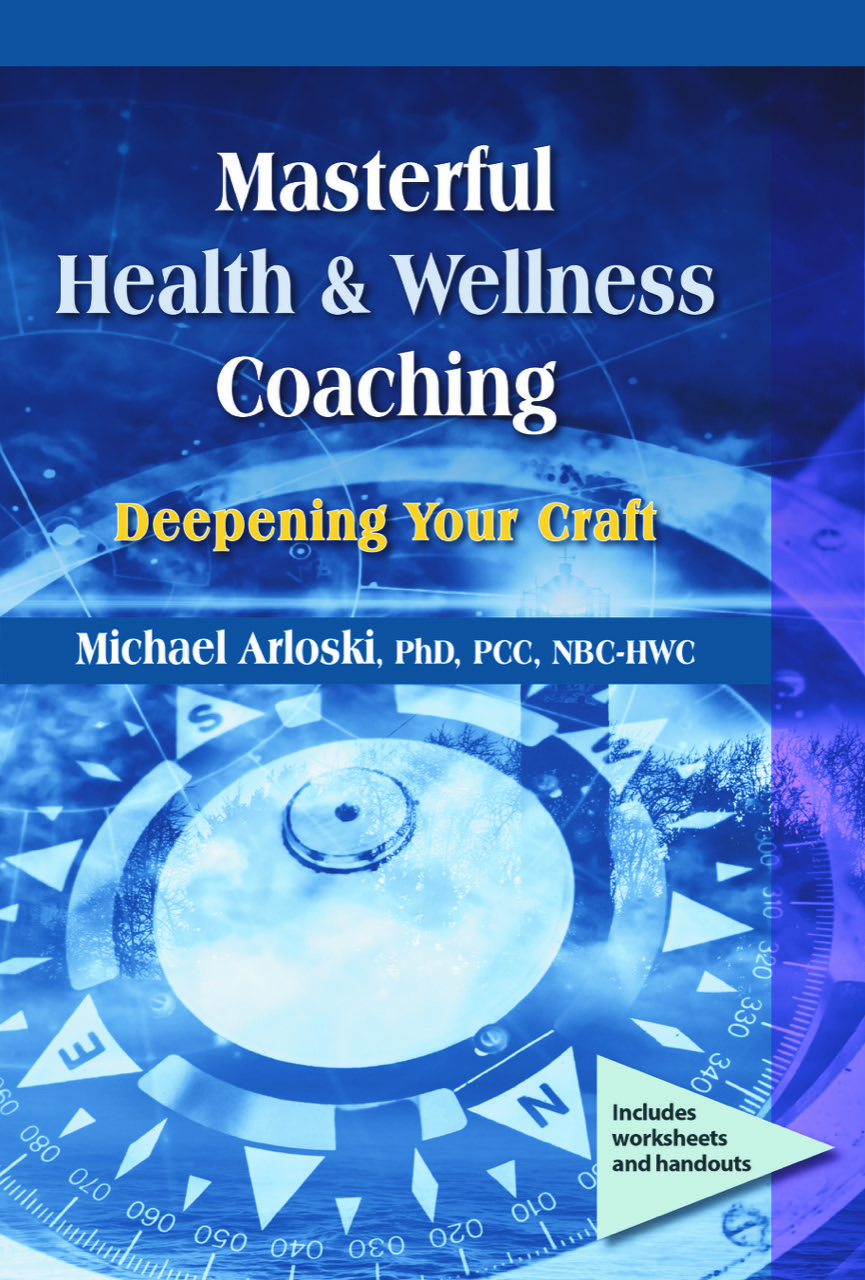Coach Like Hemingway: Confident, Succinct, Effective

Use short sentences. Use short paragraphs. Use vigorous English. Be positive, not negative. Opening lines from 110 Stylistic Rules given to each reporter by the Kansas City Star where Hemingway got his first job in journalism (1917).
Ernest Hemingway certainly picked up on those dictums and put them to good use over an extraordinary career as a writer. When we think of these same admonishments, they could serve a coach just as well. How can we examine our coaching language and find ways to make it more effective with a ‘less is more’ approach?
Perhaps we should say coach like Hemingway wrote. “Papa” Hemingway certainly had some characteristics that would not make a good coach – self-absorbed, and as one critic put it tiresomely macho. What Hemingway was, however, was an astute observer, both of people and the world around him. That coaches can emulate. “The hardest thing in the world to do is to write straight honest prose on human beings. First you have to know the subject; then you have to know how to write. Both take a lifetime.” (Ernest Hemingway: “Old Newsman Writes: A Letter from Cuba”)
Hemingway’s writing style works because we appreciate not just its brevity, but the way, in a few words, he brings us to the heart of the matter. Whether it is action, description or emotion we arrive quickly where the writer wants us to go. We get it. His words are sometimes strong, sometimes tender, sometimes rather simple and mundane. In my favorite short story of all time, The Big Two-hearted River, his WWI Vet protagonist, Nick, goes into the backcountry of the Upper Peninsula of Michigan ostensibly to fish and camp. What makes it a healing journey is the way nature, and the author, strip daily activities down to the quick, to an existential present moment free of all the potential clutter that you can imagine Nick’s PTSD mind is capable of.
So! What’s all of this have to do with coaching? A masterful coach listens more than they speak. In fact, when they speak it is usually in shorter, concise sentences. Questions come across as confident making their impact more powerful. Observations are free of editorializing. The coach and client appear engaged in a tight, two-way conversation.

“Mr. Hemingway knows how not only to make words be specific but how to arrange a collection of words which shall betray a great deal more than is to be found in the individual parts.” (Review of The Sun Also Rises)
A Mindset of Facilitation and Catalyzation
My job as a coach is to facilitate and, when appropriate, to catalyze the growth process in my client. Rather than think for them, how can I get them to think in new and creative ways leading to their own conclusions? Facilitating their work means not doing the work for them but making their work easier and more effective.
If I am still operating in the consultant, educator, or treatment professional mindset, I take on much more responsibility and, frankly, have to contribute more to the conversation because I am actually consulting. Coaches can blend in education, certainly. A health and wellness coach may share some evidence-based, widely accepted principles that help the client to learn more about how to improve their lifestyle. If I coach from the consultant’s mindset though, I will be more verbose as I share more information, more of my own analysis, etc.
When I stay in the coaching mindset, I see my work as facilitating my client’s own work. At times I may contribute my own observations, own and share my own perspectives, etc. (See my blog “Client-centered Directiveness is an Oxymoron, but it works!” ). There are times when such sharing can serve as a catalyst for my client’s thinking. Think of it like the drag racer who injects a little rocket fuel into his race car’s fuel tank. If it ignites (my client finds value in it), boom! We are off to the races. The key is to use an eyedropper, not a gallon can.
Confident Questions
When a masterful coach asks a question, they simply ask it and let it stand without elaboration or explanation. They may think of a way to clarify their question but rather than do so aloud, they hold, wait for the client to answer their first question and see if clarification is even needed. What we see beginning coaches doing all too often, is asking a question, then adding a second and perhaps even a third clarifying question before the client has a chance to answer. The coach is ‘thinking out loud’ and the effect can be one that causes confusion for the client, and, perhaps, waters down the power of the initial question.
Slow down. Choose your words more consciously. Have confidence in your question. Have confidence in your client’s ability to understand it as you spoke it. If they need clarification, they will let you know.
The Iceberg Theory
“If a writer of prose knows enough about what he is writing about he may omit things that he knows and the reader, if the writer is writing truly enough, will have a feeling of those things as strongly as though the writer had stated them. The dignity of movement of an ice-berg is due to only one-eighth of it being above water.” (Hemingway – from Death in the Afternoon)
In his book Write Like Hemingway, author R. Andrew Wilson explains the Iceberg Theory in Four Principles:
- Write About What you Know, But Don’t Write All That You Know
- Grace Comes from Understatement
- Create Feelings from the Fewest Details Needed
- Forget the Flamboyant
Write About What you Know, But Don’t Write All That You Know
The coaching conversation can never address everything that is going on in the moment. The brains of coach and client are processing at lightning speed far more than can be (or is) put into words. Coaches are constantly having to choose what to address, what to inquire about, what to feedback to the client and what to keep silent about. As we observe and listen, we may choose to tuck some things in to what I call my ‘coach’s day pack’ for use later.
Your client knows their own life. In fact, they know it in far more detail than is necessary to discuss. As you facilitate their process your client will fill in the gaps, the details in their own mind. You don’t need to keep digging for them so that they are spoken aloud. They are doing the work, just keep supporting them in exploring it. Think of it as making strategic adjustments or touches to the process. A little verbal nudge here or there in the form of Active Listening Skills or effective questions keeps your client moving forward.
When the need for education, sharing of resources, etc. comes up, share what is helpful and then return to coaching. Your client’s topic may trigger a wealth of knowledge that you have about a subject. It may be enjoyable to share but some self-vigilance may help you distinguish between meeting the needs of your client versus your own.
Grace Comes from Understatement
Hemingway’s own personality came through in letters to friends and we see plenty of it in the tales of his adventures and legendary nights at the bars. There he allowed his strong convictions, judgments and condemnations to come through. In his writing, however, you won’t find him moralizing rights and wrongs. There is an almost stoic acceptance of the realities his characters face.
Certainly, it is trust that builds the coaching alliance and the best way to build that is through what Carl Rogers called unconditional positive regard. Being non-judgmental is key to creating the ‘safe container’ in which our coaching can take place. Few things are appreciated more by our clients. Getting ourselves out of the way always makes coaching work better.

Create Feelings from the Fewest Details Needed
When we use fewer words, we get back to listening, putting the spotlight back on our client. When we paraphrase or summarize our task is to bring our clients words down to their essence. This condensation keeps our clients focused and on track. When we reflect a feeling and do our best to name it a whole whirlwind of emotion can now be hung on a single hook on the rack allowing our client to breathe in relief as they validate our call. Now we are combining the beauty of understatement (above) with the efficiency of honing in on the essential. Less is more.
Forget the Flamboyant
In the last of his four principles of the iceberg theory, Wilson reminds us that “the purpose of serious writing isn’t to demonstrate how much you know”. For the writer it shows up in over-description, flowery phrases and improbable plot lines. For the coach? What would a ‘flamboyant’ batch of coaching look like? It might be entertaining to observe, but not so helpful to the client. Great writing isn’t about literary tricks and great coaching isn’t about flashing techniques for their own sake. A guided visualization exercise has to have a solid rationale for its use, likewise the selection of a coaching tool to use. Great coaching often looks pretty basic much of the time.
Comfortable With Silence
The pause. That pause that goes on longer and longer. Is my client processing, cognitive gears whirling, emotion being tapped? Or, do they need a nudge, a priming of the pump? As our coaching matures, we become more trusting of our client’s ability to find their way through the silences. We do “hold our clients to be naturally creative, resourceful and whole” as the authors of Co-Active Coaching have long affirmed. (https://coactive.com/resources/coactive-coaching-4th-edition/) We need to decide when we are tempted to rescue our clients and when to let them do their work. It may be a tricky call to know when to provide the nudge, the catalyst, and when to stay patiently silent. Let your decision be driven out of keen observation and rationale instead of your own anxiety.
The more centered and grounded you are, the easier it is to exude the patience needed for effective coaching. Let your pace work for you, giving you enough time to be clear in your thoughts and confident in your questions. Trust the coaching process and play with coaching a bit more like the way Hemingway wrote.
Michael Arloski, Ph.D., PCC, NBC-HWC is CEO and Founder of Real Balance Global Wellness Services, Inc. (www.realbalance.com). Dr. Arloski is a pioneering architect of the field of health and wellness coaching. He and his company have trained thousands of coaches around the world. Dr. Arloski’s newest book is Masterful Health & Wellness Coaching: Deepening Your Craft https://wholeperson.com/store/masterful-health-and-wellness-coaching.html








Only registered and logged in readers can leave comments.